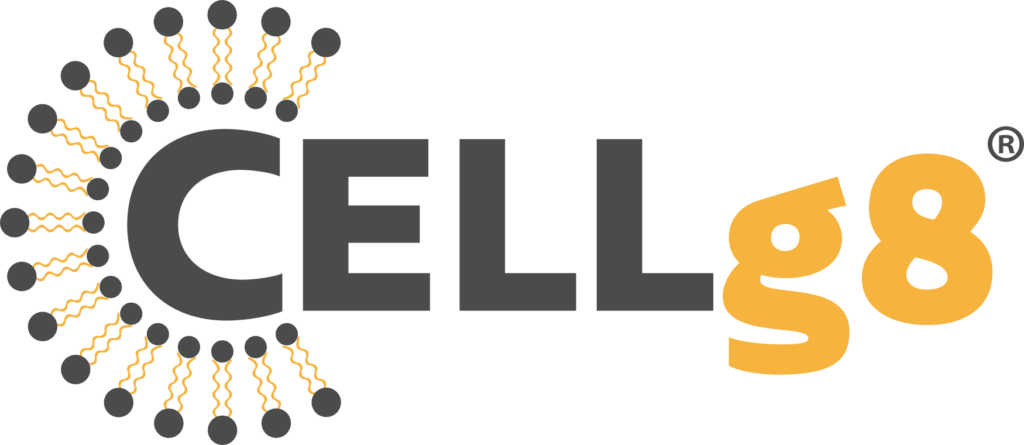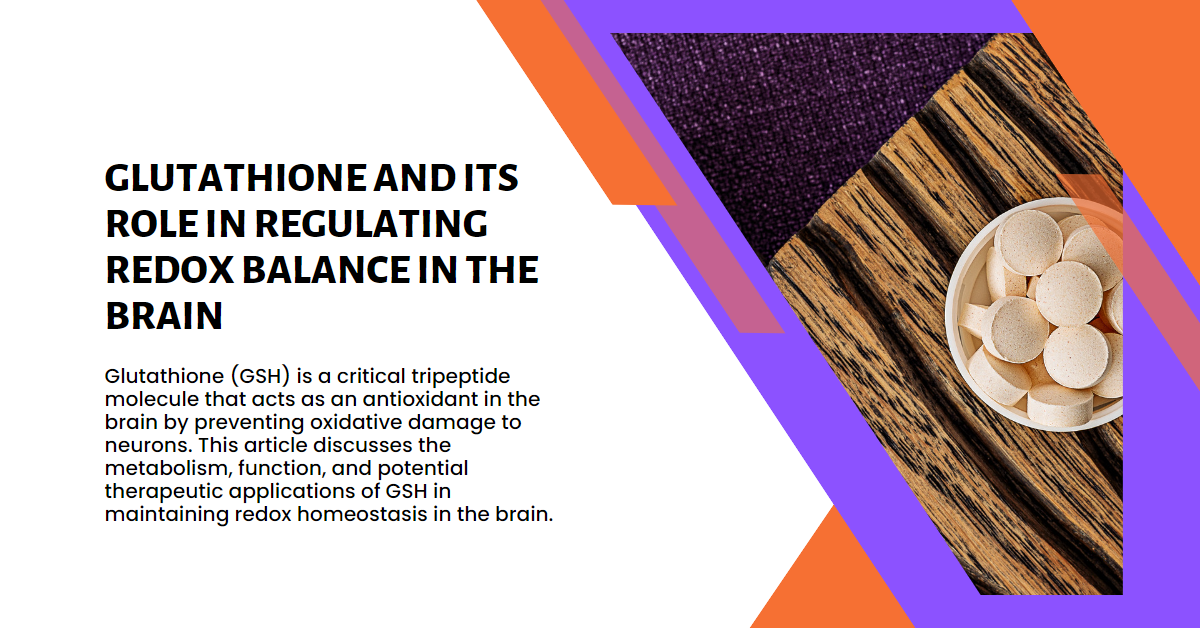How Glutathione (GSH) Regulates Redox Balance in the Brain
Glutathione (GSH) is a tripeptide molecule composed of cysteine, glutamate, and glycine that plays a critical role in regulating redox balance in the brain. As part of the antioxidant system, GSH acts as a direct scavenger of reactive oxygen species (ROS) and reactive nitrogen species (RNS). It also functions as a cofactor for glutathione peroxidase (GPx), an enzyme that catalyzes the reduction of hydrogen peroxide and lipid peroxides to their corresponding alcohols. Through these mechanisms, GSH helps to prevent oxidative damage to proteins, lipids, and DNA in neurons, which can lead to cell death.
The Role of Other Redox-Active Molecules in GSH Metabolism and Function in the Brain
GSH metabolism and function are closely intertwined with those of other redox-active molecules, such as glutathione reductase (GR), glutathione S-transferase (GST), and thioredoxin reductase (TR), which collectively help to maintain redox homeostasis in the brain. GSH synthesis and recycling are regulated by a variety of factors, including oxidative stress, cytokines, and growth factors, which can modulate the expression and activity of key enzymes involved in GSH metabolism, such as gamma-glutamylcysteine synthetase (γ-GCS) and glutathione peroxidase 4 (GPx4).
The Role of Astrocytes in GSH Production and Transport to Neurons, and the Effect of GSH on Cellular Signaling Pathways and Components in the Brain
Astrocytes are major producers of GSH, and they transport GSH to neurons via specific transporters, such as the excitatory amino acid transporter 2 (EAAT2) and the system xc- cystine/glutamate antiporter. GSH has also been shown to modulate cellular signaling pathways, including the activation of mitogen-activated protein kinases (MAPKs) and the nuclear factor-κB (NF-κB) transcription factor, as well as the inhibition of apoptosis through the regulation of caspase activity. GSH interacts with a variety of other cellular components, such as ion channels and nitric oxide synthase, through redox-sensitive mechanisms.
The Potential Role of GSH-Based Therapies in Preventing Neurodegeneration and Restoring Redox Balance in the Brain
GSH has been implicated in the prevention of neurodegeneration and oxidative damage in the brain. Decreased GSH levels and impaired GSH synthesis and recycling have been observed in various neurological conditions. Thus, GSH-based therapies have been suggested as a potential therapeutic target for restoring redox balance and mitigating oxidative damage in the brain.
In conclusion, glutathione is a crucial component of the antioxidant system in the brain, acting as a direct scavenger of ROS and RNS and as a cofactor for GPx. It also plays a vital role in regulating redox balance and modulating cellular signaling pathways. Alterations in GSH metabolism and function have been implicated in various neurological conditions, suggesting a potential therapeutic target for restoring redox balance and mitigating oxidative damage in the brain.
References
Dringen R. Metabolism and functions of glutathione in brain. Prog Neurobiol. 2000 Apr;62(6):649-71. doi: 10.1016/s0301-0082(99)00060-x. PMID: 10788757.
Sato H, Tamba M, Okuno S, Sato K, Keino-Masu K, Masu M, Bannai S. Distribution of cystine/glutamate exchange transporter, system xc-, in the mouse brain. J Neurosci. 2002 Mar 15;22(6):8028-33. doi: 10.1523/JNEUROSCI.22-18-08028.2002. PMID: 12223547.
Fraternale A, Paoletti MF, Casabianca A, Nencioni L, Gatta V, Brundu S, Garaci E, Ciriolo MR. GSH and analogs in antiviral therapy. Mol Aspects Med. 2009 Apr-Jun;30(2-3):99-110. doi: 10.1016/j.mam.2009.04.001. Epub 2009 Apr 12. PMID: 19362157.
Wu G, Fang YZ, Yang S, Lupton JR, Turner ND. Glutathione metabolism and its implications for health. J Nutr. 2004 Mar;134(3):489-92. doi: 10.1093/jn/134.3.489. PMID: 14988435.
Hohnholt MC, Dringen R. Effects of glutathione depletion and inhibition of glutathione synthesis on the hypotaurine- and taurine-modulated release of dopamine from cultured PC12 cells. J Neurochem. 2013 Sep;126(6):746-56. doi: 10.1111/jnc.12334. Epub 2013 Jun 20. PMID: 23692920.
Lushchak VI. Glutathione homeostasis and functions: potential targets for medical interventions. J Amino Acids. 2012;2012:736837. doi: 10.1155/2012/736837. Epub 2012 Oct 16. PMID: 23125505.
Zeevalk GD, Bernard LP, Guilford FT. Lipopolysaccharide increases glutathione uptake and glutathione levels in cultured astrocytes. J Neurochem. 1998 Jul;71(1):429-34. doi: 10.1046/j.1471-4159.1998.71010429.x. PMID: 9648863.
Sies H. Glutathione and its role in cellular functions. Free Radic Biol Med. 1999 Nov;27(9-10):916-21. doi: 10.1016/s0891-5849(99)00177-x. PMID: 10569624.







